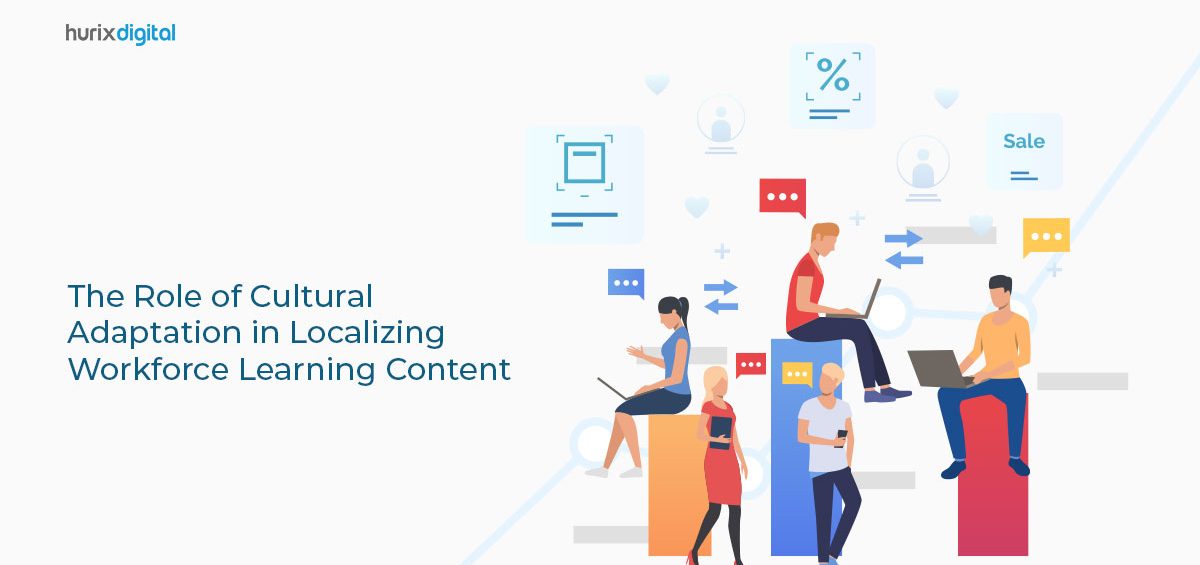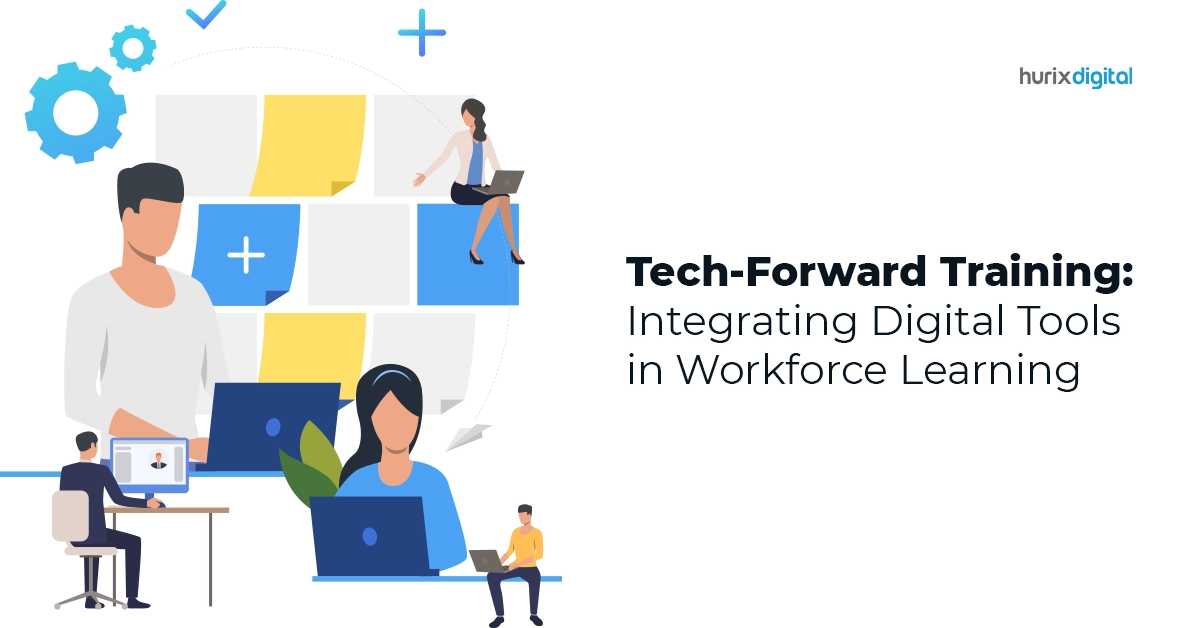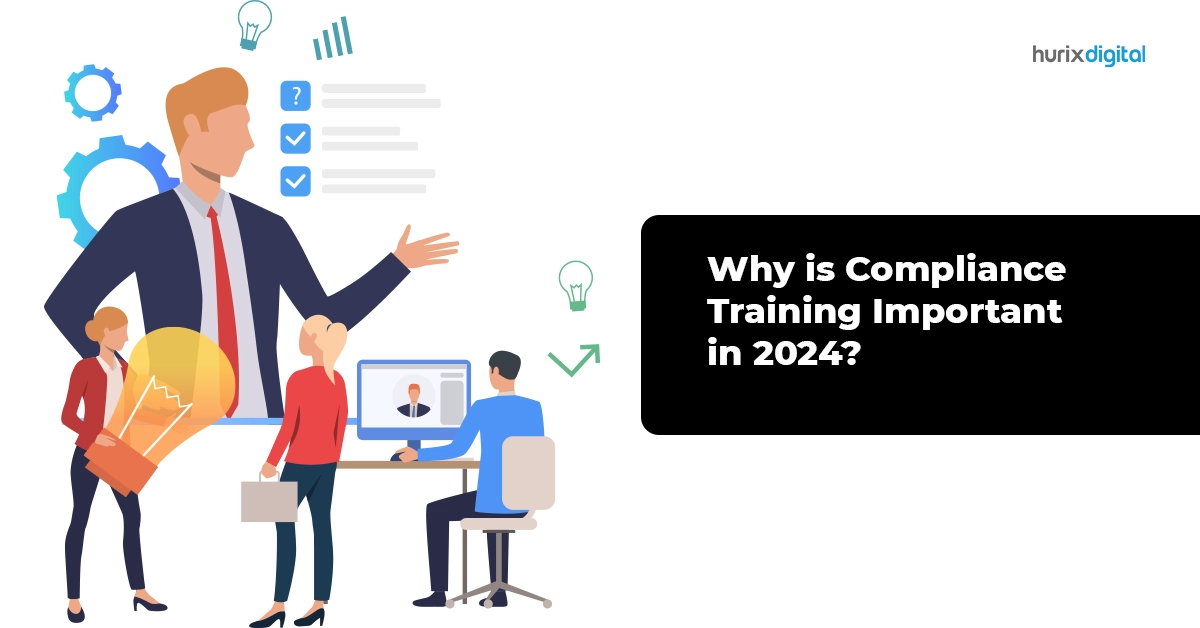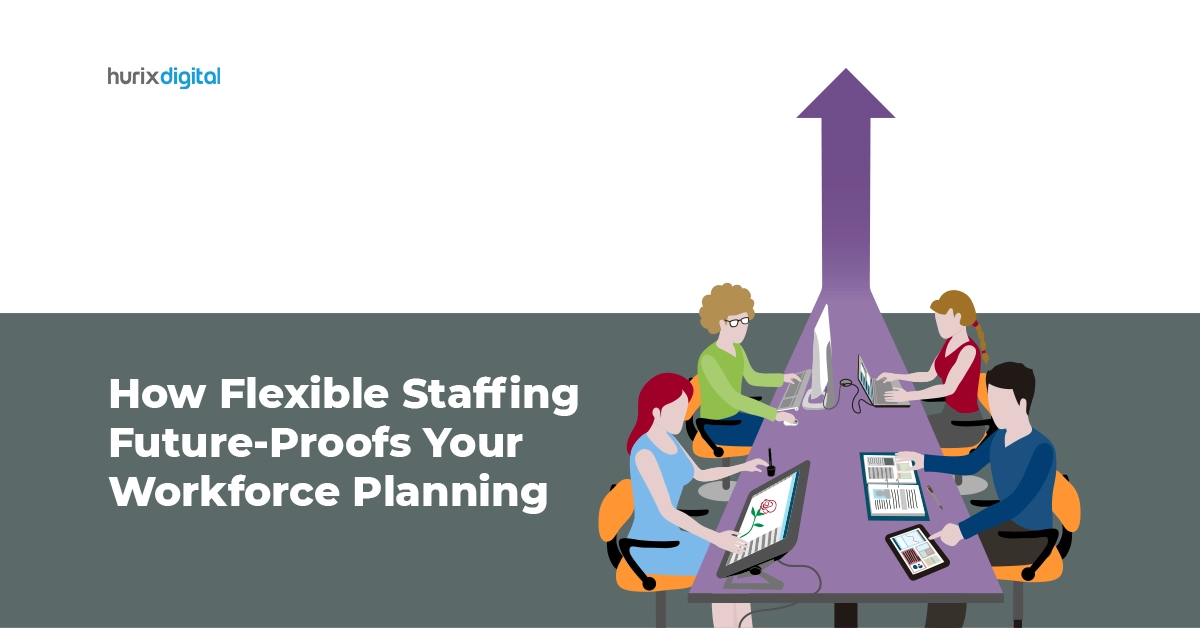Summary
The blog post delves into the role of cultural adaptation in localizing workforce learning content. It explores the importance of considering cultural nuances, language variations, and regional preferences when adapting learning materials for diverse audiences.
In today’s interconnected and digital era, businesses have a diverse and inclusive workforce that transcends the boundaries of geography or culture. Your teams may speak the same language, but some cultural idioms and phrases often have different meanings.
As companies expand globally, ensuring that enterprise learning initiatives effectively reach employees from different cultural backgrounds becomes crucial. Particular terminology or signage in one part of the world can have a whole new meaning in another. Thus, if the same material is used for a global team, it can lead to confusion, misinterpretation, or even come across as offensive. This is where cultural adaptation is pivotal in localizing workforce learning content.
By incorporating elements that resonate with local cultures, businesses can foster deeper engagement, facilitate better knowledge retention, and promote a harmonious and successful global workforce.
In this blog, we will explore the significance of cultural adaptation in workforce learning localization and its impact on employee engagement and learning.
Table of Contents:
- Cultural Adaptation – What is it?
- Why Does Cultural Adaptation Matter in L&D?
- What is Localizing Workforce Learning Content?
- Tips for Localizing Workforce Learning Content
- Wrapping Up
Cultural Adaptation – What is it?
Cultural adaptation or cross-cultural communication is the process of tailoring workforce training and development to suit the unique cultural contexts and preferences of diverse audiences. This involves understanding and addressing a particular group or community’s cultural nuances, customs, values, and preferences.
Cultural adaptation in workforce learning focuses on customizing training content, materials, and methodologies to bridge cultural gaps, promote understanding, and enhance engagement and knowledge retention among diverse groups and communities.
Also Read: Best Practices for Translating and Localizing Workforce Learning Content
Why Does Cultural Adaptation Matter in L&D?
Cultural adaptation matters in L&D for several reasons:
1. Helps Overcome Language Barriers
Cultural adaptation addresses the challenge of language barriers by ensuring that learning content is translated accurately and effectively. This is essential even if your programs are in English since the proficiency of different regions in the language might change, requiring L&D programs to be in an easy-to-understand language.
2. Respects Cultural Norms and Values
Different cultures have distinct norms, values, and communication styles. Cultural adaptation allows organizations to align learning content with these cultural nuances, promoting respect and inclusivity.
It helps avoid potential misunderstandings in learning content due to cultural norms. For example, the thumbs-up sign denotes well done or agreement in the Western world but can be considered an insult in the Middle East.
3. Enhances Relevance and Applicability
Incorporating local examples, case studies, and references makes the content more relatable and applicable to learners’ daily work experiences.
What is Localizing Workforce Learning Content?
Learning & Development programs focus on a particular topic or business area and help organizations train their teams to perform their tasks effectively. For the training program to have strong resonance and connect with the target audience, localizing workforce learning content involves modifying the following:
- Text
- Images
- Colors
- Symbols
- Idioms
- Phrases
- Measurement Units
For example, in the West, green is often used to represent good, while red represents something bad or that needs attention.
But in China or other Asian culture, red has a different significance and is considered highly auspicious. Thus, cultural and language localization of your learning content is crucial to develop learning materials that engage and interest the learners.
Also Read: The Importance of Translation and Localization in Workforce Learning
Tips for Localizing Workforce Learning Content
Organizations must follow a step-by-step process to localize workforce learning content effectively. We recommend working with local subject matter experts (SMEs) familiar with the culture and its nuances for this exercise. This can enhance your learning materials, make them easy to understand by a specific target audience, and remove any chances of misinterpretation or negative outcomes.
A simple checklist to get this done efficiently includes the following:
- Understand the cultural nuances: You should conduct thorough research on the target culture, including language, customs, traditions, and communication styles, to ensure accurate adaptation of learning content.
- Adapt language and terminology: Translate the content into the local language while considering regional variations. Using culturally appropriate terminology to ensure clarity and understanding would be best.
- Customize examples and case studies: Incorporate local examples and case studies that resonate with learners’ experiences, making the content relatable and applicable to their work contexts.
- Modify visuals and symbols: Adapt visuals, graphics, and symbols to align with the cultural aesthetics and avoid potential misunderstandings or offensive imagery.
- Consider learning preferences: Adapt the delivery format to suit different learning preferences. For example, some cultures prefer interactive group activities, while others prefer individual reflection exercises.
- Respect cultural sensitivities: Be mindful of cultural sensitivities and avoid topics or scenarios that may be considered taboo or offensive in the target culture. This ensures a respectful and inclusive learning experience.
- Incorporate local context: Include references to local laws, regulations, and industry practices, to help learners understand how the learning content applies to their specific context.
- Involve local subject matter experts: Collaborate with local subject matter experts to ensure cultural accuracy and relevance in the adaptation process. Their insights and expertise will enhance the localization efforts.
- Seek feedback and iterate: Regularly solicit feedback from learners and local stakeholders to improve the localized learning content. This iterative approach ensures the content remains effective and aligned with the learners’ needs.
These tips are only the starting point for your cultural adaptation exercise, and there are several areas that you should look into when creating workforce learning content.
Wrapping Up
In summary, cultural adaptation is essential in L&D to address language barriers, respect cultural norms, enhance relevance, facilitate cross-cultural understanding, and boost learner engagement and motivation. By embracing cultural diversity and adapting learning content accordingly, organizations can create more inclusive and effective learning experiences catering to a global workforce.
If you need an eLearning solution for your organization or an eLearning Localization partner to help you build a tailor-made employee training program, consider a digital learning solution and development partner like Hurix Digital.
Outsourcing your enterprise learning processes enables you to work with experts who can help you create your content and tailor it to several cross-cultural communication needs.
Contact Hurix Digital today to know more!
Related Article – Measuring the Effectiveness of Translated and Localized Workforce Learning Content











